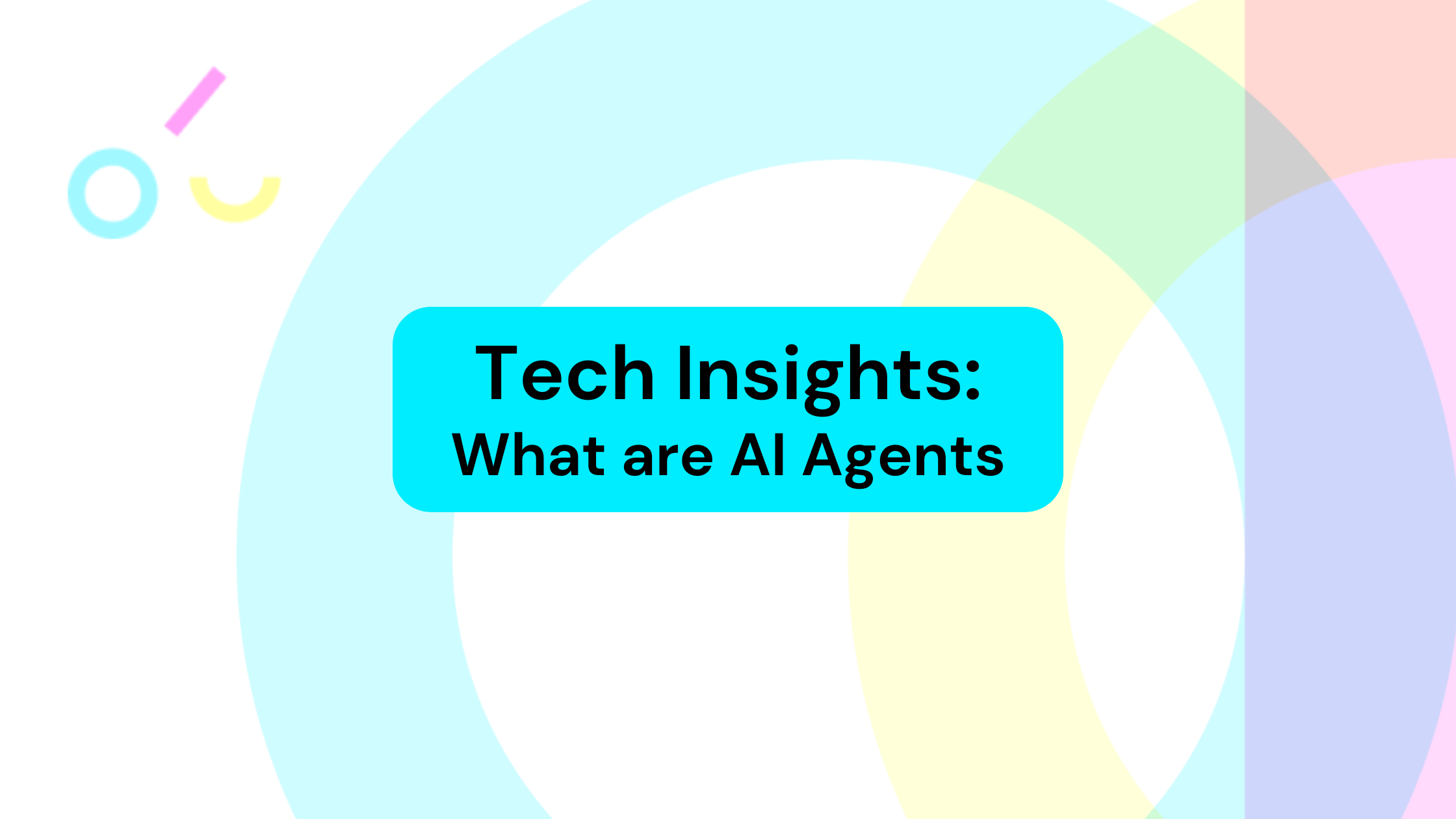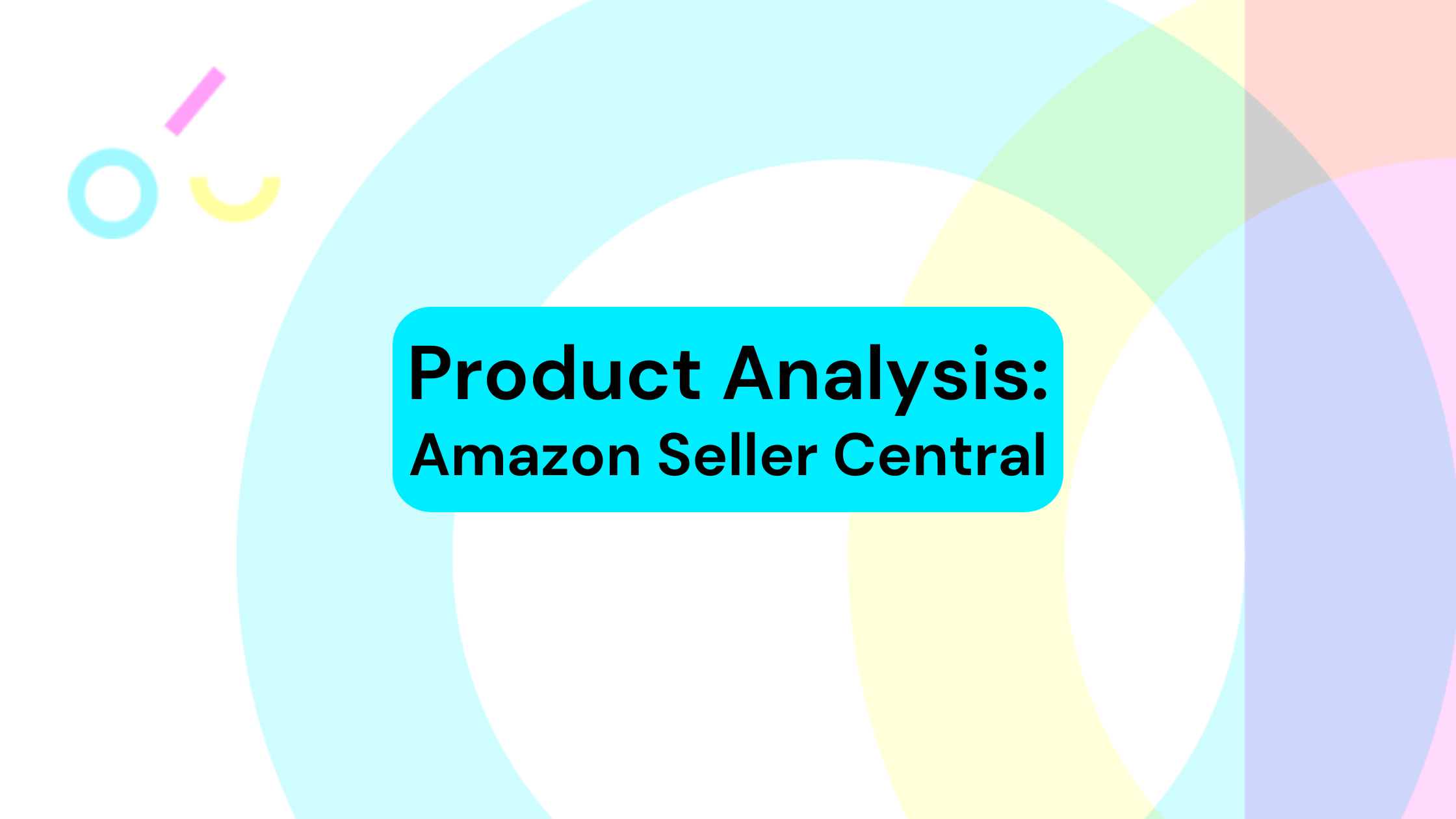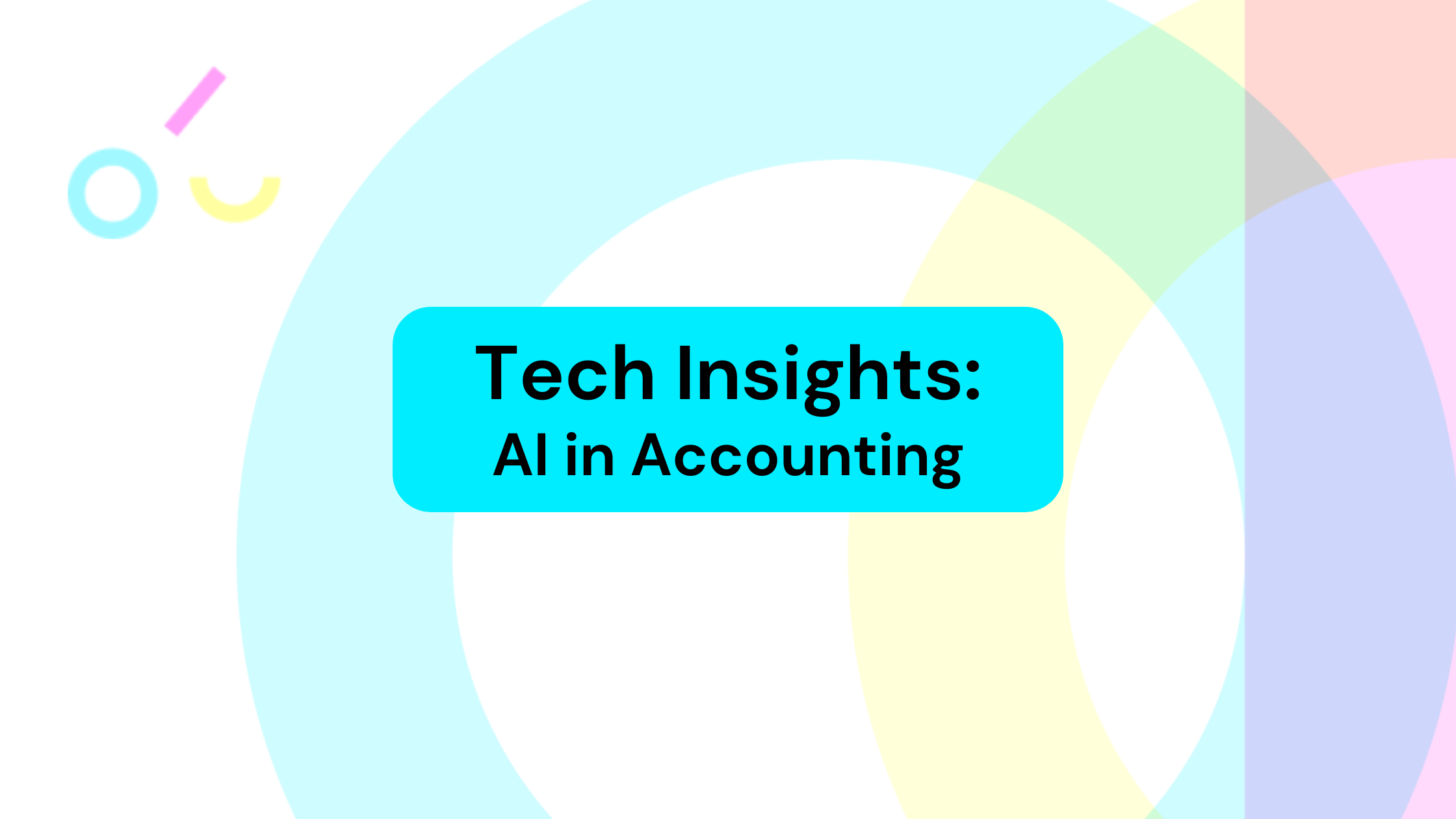Streamlined payroll processing is key to maintaining smooth operations and keeping employees happy. The role of payroll solutions extends beyond simple wage calculation to encompass various aspects of financial management, including compliance, tax filing, and employee benefits administration. Over the past decade, we’ve seen payroll software evolve dramatically—transforming from basic calculation tools to sophisticated platforms offering a range of features designed to enhance efficiency and security. This evolution has empowered businesses to streamline payroll operations, reduce risks, and focus on strategic growth.
In this post, we’ll explore the history of the modern payroll system and examine the various solutions and features of some innovative options available for businesses today.
The Evolution of Payroll Software
Traditional payroll methods rely heavily on manual calculations and paper checks. While some businesses still use these methods, they are inefficient, time-consuming, and prone to errors. Manual calculations require significant effort to process, while paper checks, although reliable, can be cumbersome and delay employee payments. Both methods also pose substantial risks, including fraud and data inaccuracies.
The introduction of electronic payment systems, such as Direct Deposit, marked a significant milestone in payroll processing. These systems allow businesses to transfer wages electronically to employees’ bank accounts, replacing the need for physical checks. This system significantly improved payroll processing efficiency, security, and cost-effectiveness, enabling businesses to handle payroll on a much larger and more efficient scale. The security features of Direct Deposit, such as encryption and authentication, provide reassurance and confidence to both businesses and employees. Direct deposit simplified payments but didn’t eliminate the payroll tax filing hassle, which still required time-consuming manual paperwork and often the expertise of a CPA or employee.
Early payroll software solutions like QuickBooks Payroll and ADP began to appear in the early 2000s, enabling businesses to manage payroll more efficiently and securely than traditional methods. These early products aimed to simplify the complex and time-consuming payroll process by automating much of the workflow. Despite these advancements, early electronic payroll solutions needed to improve functionality and integration capabilities, offering only basic improvements over manual processes.
In recent years, platforms like Gusto, Paychex, and others we’ll review later have become popular for their comprehensive payroll management features. These tools handle wage calculations and payments and offer benefits administration, tax filing, and compliance management. They are well-suited for managing payroll for businesses of all sizes, providing specialized features for tracking hours, handling multiple pay rates, and integrating with accounting systems. Using these platforms for payroll processing ensures businesses benefit from advanced features offered by dedicated payroll solutions, reducing fragmented processes and enhancing overall efficiency.
As we look to the future, these innovations underscore the crucial role of federal initiatives and private development in shaping the modern financial landscape and supporting the tools that help businesses manage their payroll more effectively.
Timeout: PSP vs. PEO
Let’s pause for a second and talk about definitions. So far, we have been talking about payroll tools generally, a software application that automates and manages the process of paying employees, tax compliance, and administrative needs. You (the business owner/staff) set up the software to pay your employees according to their wages (including deduction taxes and benefits) on the schedule you set. The traditional ones are called a Payroll Service Provider (PSP).
A PEO is another type of payroll provider, a comprehensive solution for your business needs. It’s a third-party company that provides payroll administration as well as some other human resources (HR) services, but acts as a partner rather than outsourcing those functions. It shares in the risk of employment as your people are technically employed for the PEO company rather than your business. The primary value is built around pooling your company with other SMBs to get group rates on medical insurance and other benefits.
We’ll tackle the nuances of PEOs vs. PSPs in another blog post, but for now, let’s just consider them together broadly in the payroll providers category.
Modern Payroll Software
Modern payroll software simplifies and secures the payroll process, supports businesses in maintaining compliance, and integrates seamlessly with their existing financial systems. Here are a few key values modern solutions focus on improving.
Automation and Integration
Modern payroll solutions offer extensive automation capabilities that significantly reduce the manual effort of processing payroll. These systems can automatically capture work hours, calculate wages, deduct taxes, and execute payments without human intervention. Integration with popular accounting systems like QuickBooks, Xero, and NetSuite ensures seamless data (sometimes!) and eliminates the need for duplicate data entry (hopefully!), enhancing efficiency and accuracy in financial management.
Security Enhancements
Ensuring secure transactions is a top priority for modern payroll software. Advanced security measures, such as multi-factor authentication, encryption, and secure user access controls, are in place to protect sensitive financial information. These systems often provide robust audit trails, allowing businesses to track and verify every transaction, thereby reducing the risk of fraud and ensuring the integrity of financial data.
Compliance Features
Staying compliant with financial regulations is crucial for businesses and modern payroll software is designed to assist with this, relieving you from regulatory stress. These tools include features that help maintain compliance with tax laws, labor regulations, and other financial reporting requirements. Automated compliance checks, real-time updates on regulatory changes, and detailed reporting capabilities ensure that businesses can meet their legal obligations with minimal effort. Further, the ability to avoid having to manually populate and mail payroll tax forms is a huge savings for businesses.
By incorporating these key features, modern payroll software simplifies and secures the payroll process and supports businesses in maintaining compliance. It does this by seamlessly integrating with a business’s existing financial systems, ensuring a smooth transition and reducing the risk of disruption. Through these combined efforts, payroll solutions enhance operational efficiency while ensuring a secure and compliant financial environment.
Comparing Top Payroll Solutions
The advancements and benefits we’ve discussed make the payroll space ripe for many players. There are approximately 5,700 payroll providers in the US. When implementing a payroll solution, there are many factors and functionality considerations to review. We’ve gathered a few of the top options to compare based on key features such as automation, integration, compliance, global payments, employee self-service, instant payments, and additional features. Evaluating these aspects will help provide a structure to find the best fit for a business or client.
Conclusion
The evolution of payroll software and PEO providers reflects a significant shift from traditional, manual processes to sophisticated, technology-driven solutions that streamline financial transactions for modern businesses. Today’s payroll software offers a range of benefits, from automated processes and enhanced security to real-time payment capabilities and comprehensive compliance features.
Technological advancements will likely drive more businesses to explore innovative solutions that offer greater efficiency, accuracy, and convenience. We encourage businesses to look closer at their current payroll systems and consider adopting advanced software solutions to meet the demands of a rapidly evolving financial environment. Embracing these technologies positions businesses for success today and prepares them for tomorrow’s opportunities.




